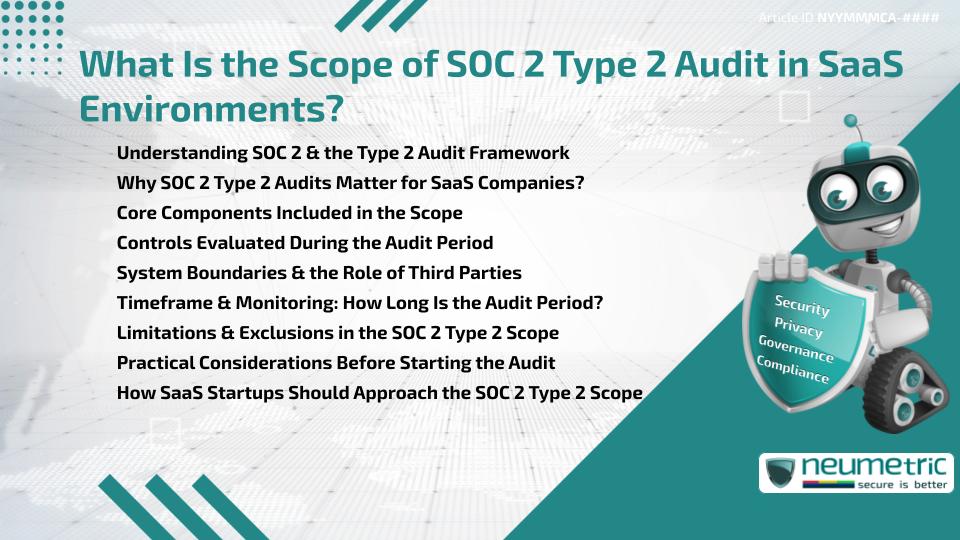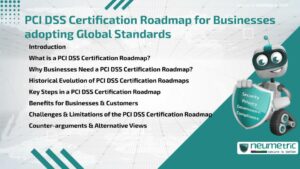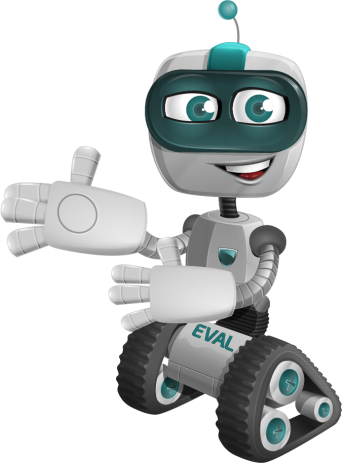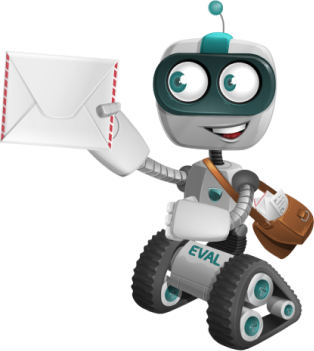Table of Contents
ToggleIntroduction
As Software-as-a-Service [SaaS] providers continue to handle increasing volumes of sensitive data, proving their ability to manage security & privacy risks becomes essential. The SOC 2 Type 2 audit is a key method of doing just that. But what is the scope of SOC 2 Type 2 audit in a SaaS context?
This article unpacks the meaning & range of this audit type. We’ll explore how it applies to operations, what systems & controls are assessed, & what SaaS providers need to know before undergoing the audit.
Understanding SOC 2 & the Type 2 Audit Framework
SOC 2 is a framework developed by the American Institute of Certified Public Accountants [AICPA] to evaluate a service organisation’s controls relevant to security, availability, processing integrity, confidentiality & privacy.
SOC 2 Type 2 goes beyond design—it assesses how well the controls operate over a defined period, typically three (3) to twelve (12) months. So, what is the scope of SOC 2 Type 2 audit? It includes reviewing internal processes, systems & operational evidence to verify continuous compliance.
Why SOC 2 Type 2 Audits Matter for SaaS Companies?
For SaaS providers, trust is currency. Clients want assurance that their data is in safe hands. A SOC 2 Type 2 report offers that validation. It’s particularly important for companies dealing with personally identifiable information [PII], financial records or regulated data.
So, what is the scope of SOC 2 Type 2 audit for SaaS companies? It includes everything from access control systems & change management to encryption practices & data backups.
Core Components Included in the Scope
At the heart of any SOC 2 Type 2 audit are the five Trust Services Criteria. The scope typically covers:
- Security policies & controls
- Infrastructure & cloud environment
- Access permissions & authentication
- Incident response protocols
- System monitoring & change control
What is the scope of SOC 2 Type 2 audit also includes testing the effectiveness of these controls over time.
Controls Evaluated During the Audit Period
Unlike Type I, which evaluates controls at a single point in time, Type II checks whether those controls consistently function throughout the audit period. This includes:
- Logging of user access
- Evidence of encryption in transit & at rest
- Change management tickets
- Business continuity tests
When asking what is the scope of SOC 2 Type 2 audit, it’s vital to understand that the auditor looks for both documentation & operational proof.
System Boundaries & the Role of Third Parties
SaaS applications often rely on multiple external vendors & cloud platforms. The scope must clearly define system boundaries—what is owned, managed or outsourced. This prevents ambiguity about which components are included in the assessment.
For example, if a third-party payment gateway is used, what is the scope of SOC 2 Type 2 audit must clarify whether that gateway is part of the evaluated system.
Timeframe & Monitoring: How Long Is the Audit Period?
The standard audit period ranges from three (3) to twelve (12) months. The longer the period, the stronger the evidence of consistent operational maturity. However, longer periods also require deeper documentation.
What is the scope of SOC 2 Type 2 audit in terms of timeline? It includes monitoring controls from start to finish, collecting logs & proving consistency across the chosen duration.
Limitations & Exclusions in the SOC 2 Type 2 Scope
Not every system or control is included. Companies can narrow the scope to relevant business functions. For example, an HR platform within the same organisation might be excluded if it doesn’t handle customer data.
However, exclusions must be explicitly documented. What is the scope of SOC 2 Type 2 audit also depends on the defined purpose, user needs & risk exposure.
Practical Considerations Before Starting the Audit
Before beginning the SOC 2 Type 2 process, SaaS providers should:
- Define systems & boundaries
- Conduct a readiness assessment
- Gather operational documentation
- Identify third-party dependencies
- Assign audit roles across departments
Getting this right helps answer what is the scope of SOC 2 Type 2 audit in your unique environment & prevents unnecessary scope creep.
How SaaS Startups Should Approach the SOC 2 Type 2 Scope
Startups with limited resources often question the audit’s complexity. A focused scope can make it manageable. For instance, limiting the audit to the core application & excluding administrative or HR systems can reduce workload.
So, what is the scope of SOC 2 Type 2 audit for early-stage companies? It’s whatever is required to meet client expectations without overextending the audit.
Takeaways
- SOC 2 Type 2 audits assess control effectiveness over time, not just design.
- For SaaS providers, scope includes systems, policies, operations & third-party components.
- Scope can be adjusted based on system boundaries, risk exposure & client needs.
- Clear planning helps define a practical & impactful scope.
FAQ
What makes SOC 2 Type 2 different from Type 1?
Type 1 reviews control design at a single moment, while Type 2 examines control effectiveness over a longer period.
How long is a typical SOC 2 Type 2 audit?
It usually spans three (3) to twelve (12) months, depending on business needs & readiness.
What should be included in the SOC 2 Type 2 scope?
It should include systems & processes that impact customer data security, availability or privacy.
Can third-party services be excluded?
Yes, if those services are not directly involved in handling the customer data or operational control.
Do all departments need to be audited?
No. What is the scope of SOC 2 Type 2 audit is determined by relevant systems, not entire departments.
Is it possible to change the scope mid-audit?
It’s not recommended. Scope should be defined clearly before the audit begins to maintain consistency.
Are SaaS startups expected to undergo a full SOC 2 Type 2?
Not always. A limited scope tailored to the core platform is often acceptable in early stages.
Need help?
Neumetric provides organisations the necessary help to achieve their Cybersecurity, Compliance, Governance, Privacy, Certifications & Pentesting goals.
Organisations & Businesses, specifically those which provide SaaS & AI Solutions, usually need a Cybersecurity Partner for meeting & maintaining the ongoing Security & Privacy needs & requirements of their Clients & Customers.
SOC 2, ISO 27001, ISO 42001, NIST, HIPAA, HECVAT, EU GDPR are some of the Frameworks that are served by Fusion – a centralised, automated, AI-enabled SaaS Solution created & managed by Neumetric.
Reach out to us!





